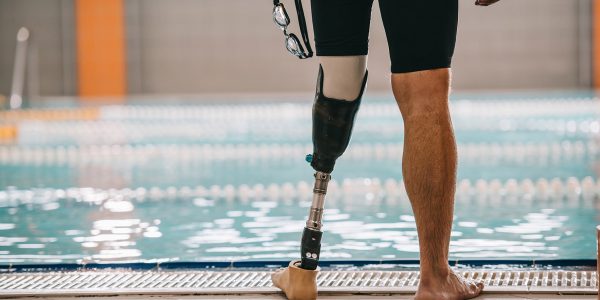About assistive technology
‘Assistive technology’ is an umbrella term that is used to describe any aid, piece of equipment or home modification that helps someone overcome the impact of disability.
The NDIS Assistive Technology Strategy states:
“ AT (assistive technology) enables people with disability to live a better, more independent and more inclusive life. It enables people with disability to maximise their abilities at home, in the community and in the workplace, ensuring greater economic and social participation.”
National Disability Insurance Agency. (2015). ‘Assistive Technology Strategy’, ‘2. Rationale for an AT strategy’, P6.
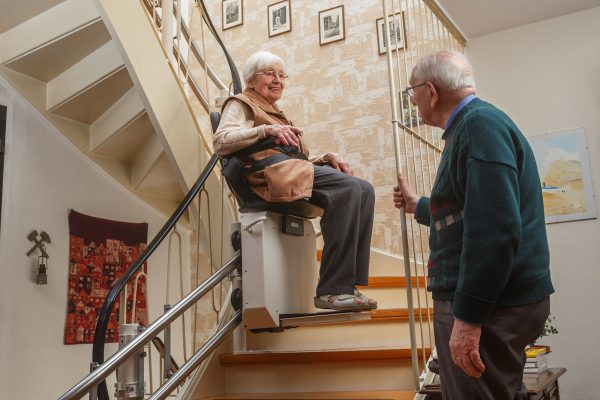
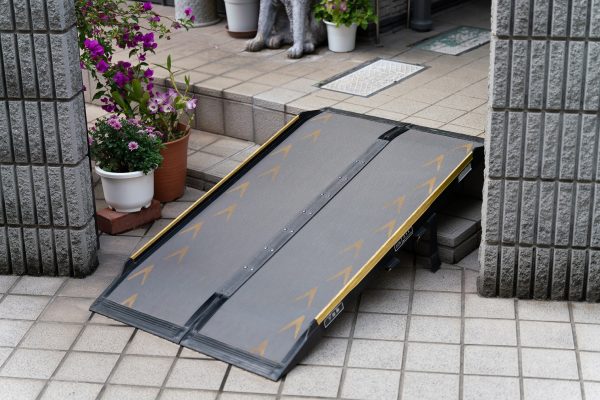
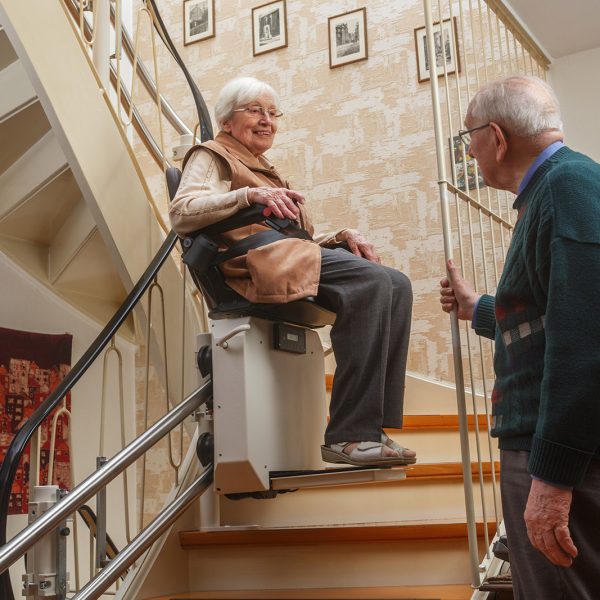
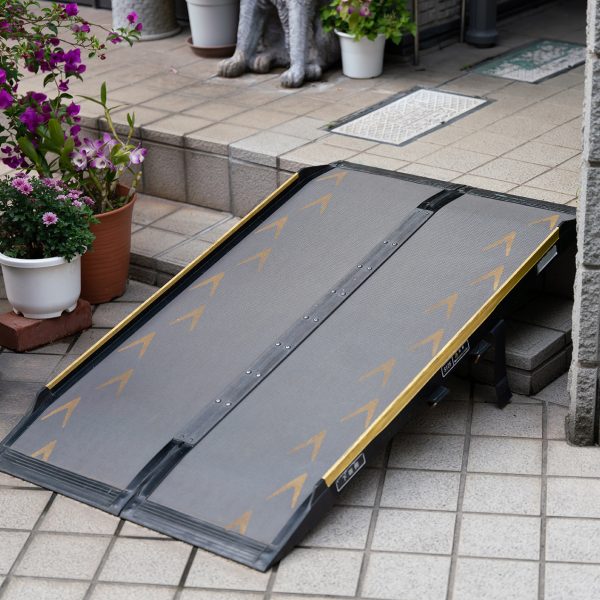
Assistive technology comes in many forms, such as:
- a ramp to enable someone to enter and exit their home without support
- a device to help someone turn the pages of a book
- a walking frame to assist with balance and mobility
- a cane to assist someone who is blind to move around safely and independently
- a wheelchair to promote mobility and independence
- voice dictation software to enable someone with limited dexterity to use a computer
- a prosthetic limb to enhance balance, mobility and functionality
- a splint to overcome lost muscle strength and enable someone to walk safely and independently
- an electronic communication device to help someone who cannot use their voice to communicate their thoughts.
Check out the videos on the AT Chat website to see how people are using assistive technology to live, work and play.
Visit Independent Living Centres Australia’s National Equipment Database to learn more about the range of assistive products that are available.
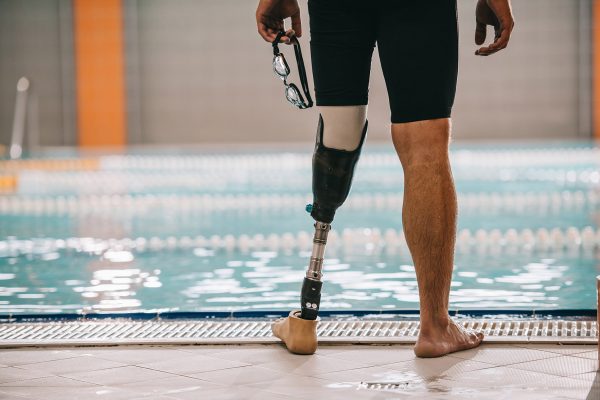
Check out the videos on the AT Chat website to see how people are using assistive technology to live, work and play.
Visit Independent Living Centres Australia’s National Equipment Database to learn more about the range of assistive products that are available.
